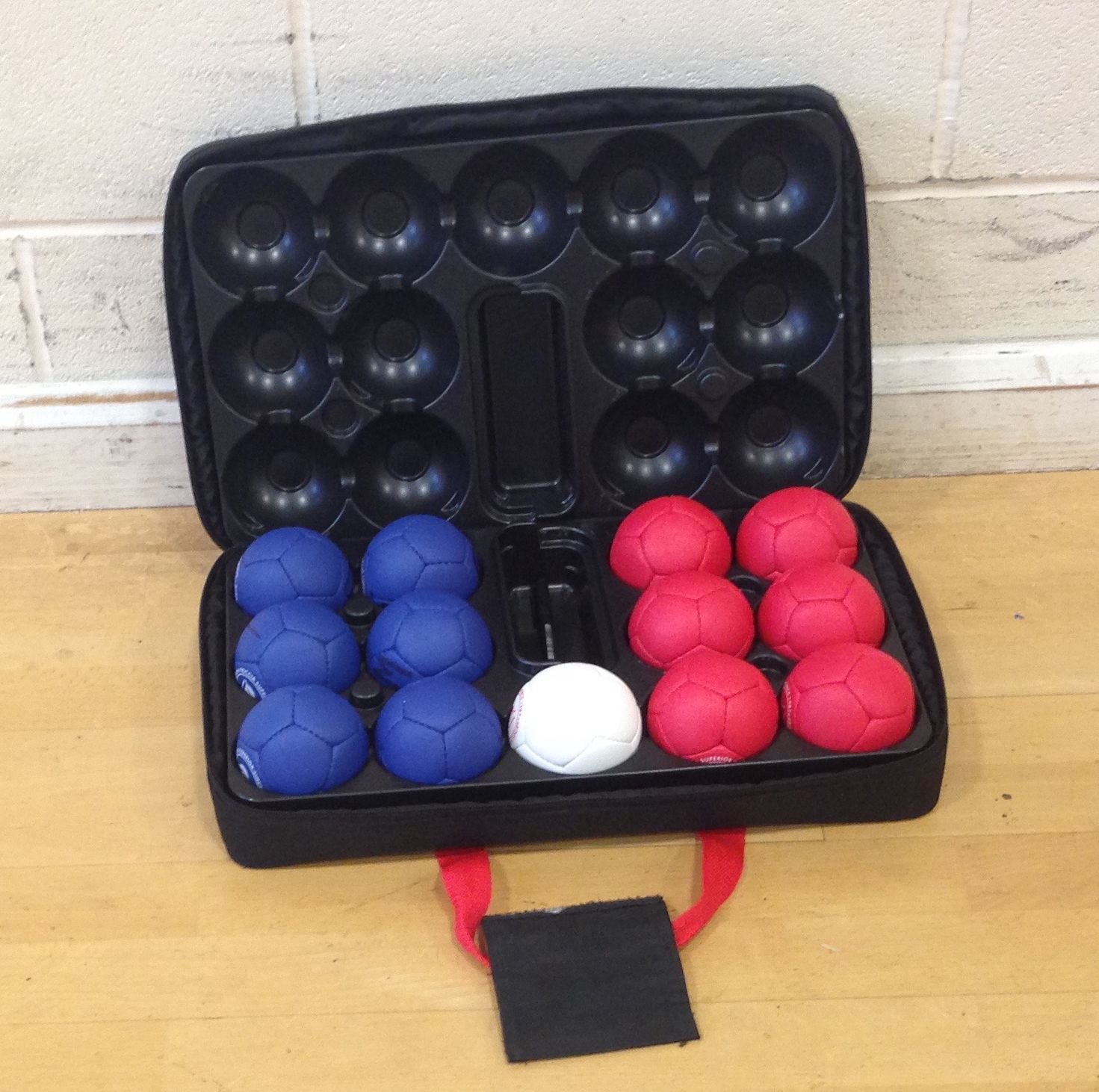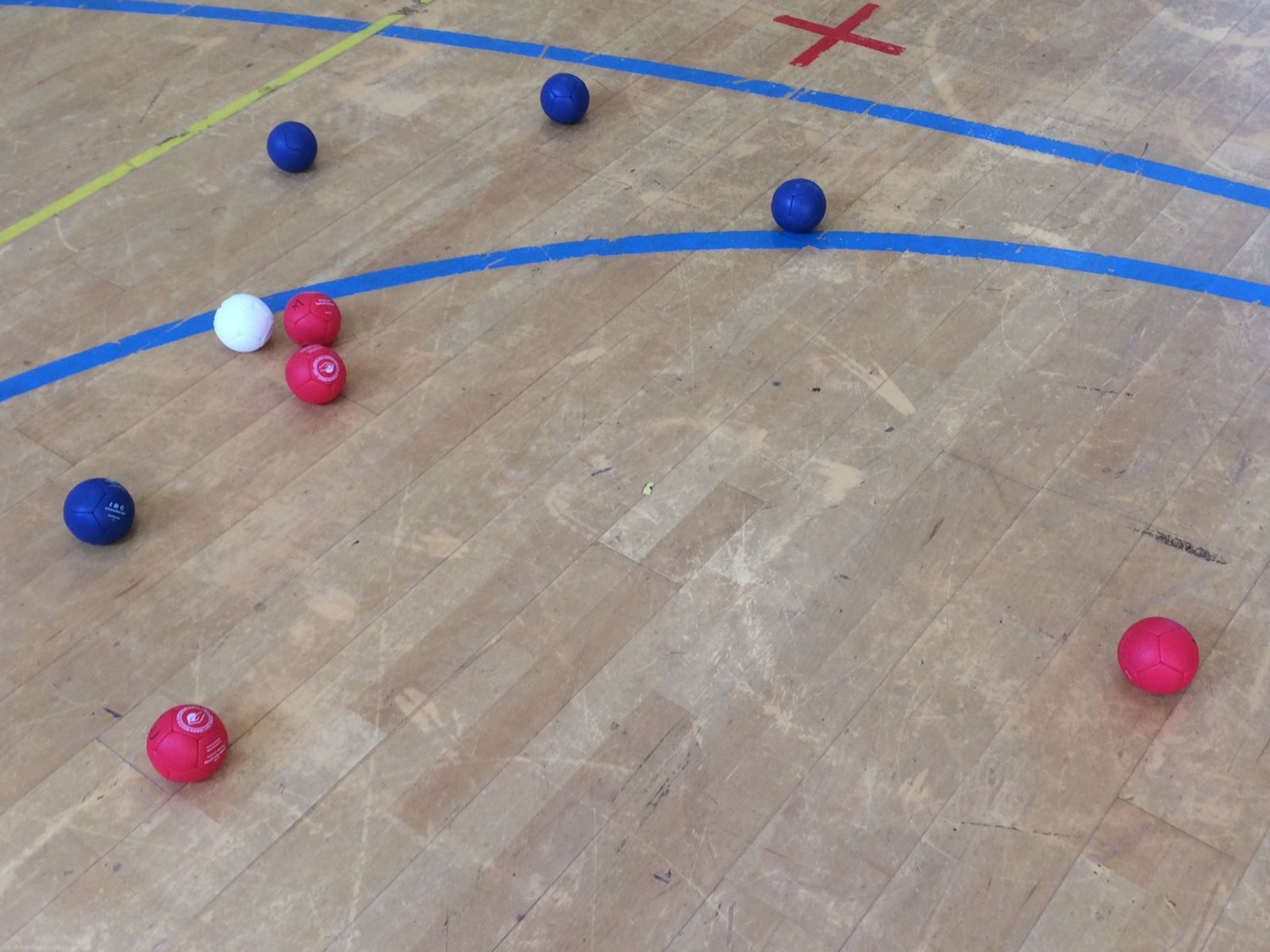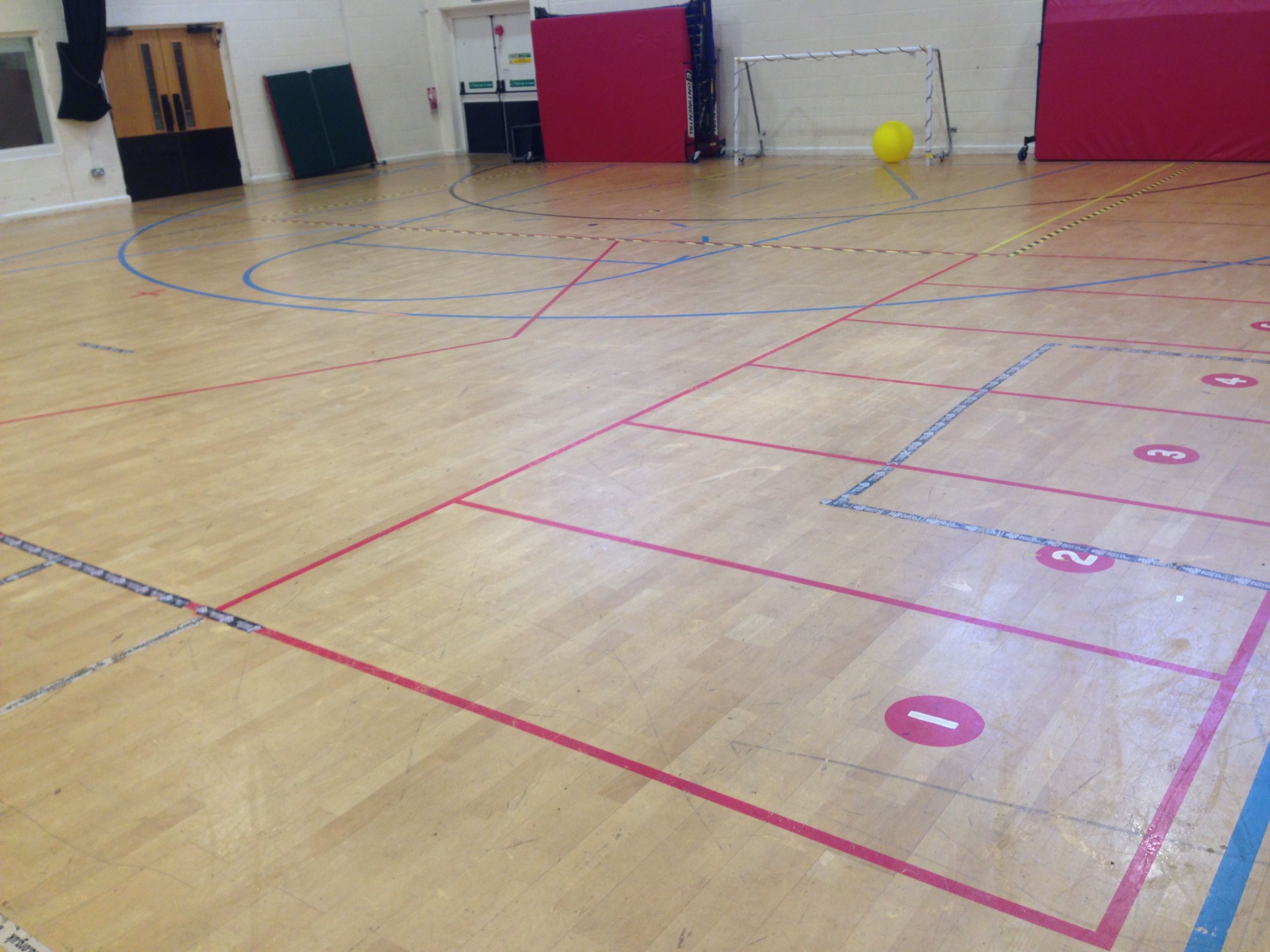About The Game
A Brief History
The game Boccia originally started in Greece. Competitors would throw large stones towards a stone target on the ground. Boccia was initially designed for people with severe cerebral palsy. However, it is now widely enjoyed by people in over 50 countries throughout the world. It is now open to a wide variety of disabilities and enjoyed in schools by both able-bodied and disabled players. In 1984 Boccia became a Paralympic sport, throughout the UK and other countries it is recognised as both a recreational and a competitive game. In the UK the sport is overseen by governing body, Boccia England, who put on annual regional and national championships for competitive players.
About Boccia
Boccia is a disability sport which aims to tests players muscle control, accuracy and power. The main object of the game is to score points by placing your ball closest to the target ball (the jack). Boccia can either be an individual sport or a team game, in this unique sport, both players throw six balls whereas in the team game each player in the team throws just two. The match is consists of a series of ends where points are accumulated to find the overall winner. The overall object of winning the game appears to be very simple, but as you progress in the game tactics become a massive part of winning and adds a great deal of excitement to the sport. The game has many different adaptations to ensure that it is accessible for everyone, regardless of ability. Players can throw, roll or kick the ball or use a ramp to put the ball down. When using a ramp players are assisted by a ‘ramper’ who sits facing away from the play and is not allowed to look and talk. Boccia is played over many surfaces, but perhaps the most traditional is in a sports hall. The court is 12.5m by 6m.
Classifications
Classification is a grouping of players who will then go on to play only each other, in accordance to their impairment. At their first competitive game each player is classified by a member of Boccia England into one of four categories, the categories are as follows;
- BC1 – Spastic quadriplegia or Athetosis involving a severe impairment which affects all four limbs. This category of players will have poor grip but sufficient strength to consistently propel the ball with hands or feet.
- BC2 – Spastic quadriplegia or Athetosis involving an impairment to all four limbs, these players will have a grip superior to that of a BC1 player
- BC3 – Severe impairment affecting all four limbs – BC3 players will always use an assistive device as they are unable to propel the ball with purposeful direction consistently
- BC4 – Non-Cerebral Palsy origin – Players will have locomotor dysfunction which affects all four limbs, they will have poor grip and release but sufficient strength to propel the ball consistently
This information came from the Boccia England website. To find out more, click here to visit the Boccia England website.


